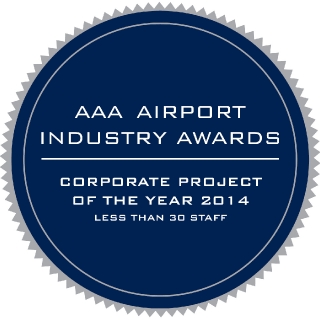
Australia's Civil Aviation Safety Authority (CASA) has struggled over the years to produce clear and concise guidance to decision-makers about the assessment and mitigation of risk to aviation safety arising from wind farms.
The last Advisory Circular (AC) 139-18 was withdrawn in 2009.
Since then there has been a signicant increase in the number of wind farms as industry and governments seek to achieve renewable energy objectives. The overall height and geographic spread of wind turbines has increased as blades grow longer and can capture wind in places where the shorter turbines were not feasible.
Guideline D of the National Airports Safeguarding Framework (NASF), published in 2012, has become the defacto standard for regulators when considering aviation safety risk, although it is not sufficiently prescriptive to provide the clarity required by industry.
CASA has just published a draft AC 139.E-05 v1.0, with the stated purpose of providing guidance and advice about the CASA assessment of wind farm related aviation hazards in relation to:
- obstacles outside the vicinity of a Part 139 Aerodrome
- wind farm hazard lighting
- CASA’s assessment of windfarm related aviation hazards or obstacles.
The AC introduces the notion of navigable airspace, defined as 'the airspace above the minimum altitudes of flight, including airspace required to ensure the safety for the take-off and landing of an aircraft.'
The application of this concept provides the trigger for CASA to assess the potential impacts and suggest recommended mitigations of hazards posed by obstacles such as wind turbines on aircraft operations beyond the vicinity of an aerodrome.
Some times there is a clear case for obstacle lighting, particularly when the wind turbines are within the vicinity (that is, a distance of less than 15 km) of an aerodrome equipped with a runway lighting system. Most of the time obstacle lighting may provide some marginal benefit to aviation safety, but it will almost always negatively impact the amenity of the surrounding community.
Ultimately, as CASA suggests, a detailed and thorough risk assessment is required to determine the risk posed to aviation safety by obstacles such as wind turbines, and mitigation actions should be developed that achieve a level of risk that is as low as reasonably practicable.
Aviation Projects is a leading provider of aviation safety and risk advice to the wind farm industry.
To find out more about how Aviation Projects can assist with your wind farm project, please contact us.
Find the draft Advisory Circular here.
Tags: Wind Farm, Obstacle Lighting, Risk Assessment
